In an uncertain world rife with cost inflation, the pharmaceutical industry is seeking innovative solutions. René Wienmann, Chief Procurement Officer at Chr. Hansen, is leading the charge with data-driven procurement insights that are driving savings and sustainability.
René, who proudly identifies as a “procurement nerd or geek,” is leveraging technology to navigate the increasing complexity of procurement in a volatile, uncertain, complex, and ambiguous (VUCA) world.
In the latest episode of the PharmaSource podcast, René elaborates on his data-driven procurement strategy.
Sourcing insights
Over the past two years, René has assembled a new team called ‘Sourcing Insights.’ This team uses analytics to aid category managers in making data-supported decisions.
“The team create negotiation preparation packages, so that the category managers can really follow what is actually happening.” says René.
He has also developed a tool called ‘PriceWatch,’ which tracks the development of different commodities’ pricing. This tool can be used for forecasting and cost modelling.
René’s team is integrating more external data sources into their cost models. Price Watch helps them monitor market developments and compare them with the costs they are paying.
“We’re not necessarily interested in beating the market, but we definitely want to follow it. It’s a great tool to take into negotiations.” René explains.
This approach has enabled the Chr. Hansen team to incorporate raw materials pricing indexes into their contracts, particularly useful in times when commodity prices are falling, to ensure cost levels are reduced.
René has found sharing data with commercial teams to be useful tool for them to explain their pricing to customers.
“We collaborate with our commercial sales and sales excellence team to explain what is actually going on when it comes to the commodities in the market.” he says.
Sustainability in everything
René explains how ESG and Sustainability are integral to this data-driven approach. The company aims to reduce its scope 1, 2, and 3 footprint by 20% by 2030.
“20% might not seem a lot, but it is, especially because it’s an absolute number. As a growth company, growing eight to nine percent per year, it actually means that we need to reduce our scope three by 62% if we continue growing as we are. It’s a huge challenge.” he says.
“I’m trying to integrate sustainability into all our procurement. Sustainability needs to become part of our ‘Natural Sourcing DNA’, integrated into everything we do.” René says.
“Sustainability is not a separate function or discipline, it needs to be part of a category manager’s day-to-day work because that’s how it’s going to be in the future” says René.
This philosophy is evident in the supplier performance evaluation within their eSourcing tool, which now has sustainability and ESG metrics built in.
CO2 Shadow Pricing
René has developed a module that allows visibility into the CO2 emissions from all their suppliers’ products and services. “We can do hotspot analysis across our supplier base to identify where we need to make changes. We can do shadow pricing of CO2 emissions, to calculate what it actually means” he explains.
To ensure sustainability is built into everything, they use shadow pricing for CO2 taxation, adding a certain number of euros per tonne of CO2, and use that when they do their TCO calculations and supplier selection.
This approach allows Chr. Hansen to tie financial incentives to their carbon reduction. “We’re building sustainability clauses into supplier contracts with bonus incentives for suppliers if they can come up with ways to reduce, for example, CO2 emissions on their services, products, or equipment.”
To gather this data, they are collaborating with a startup to pull data from 650+ different sources, including suppliers’ own home pages where they might list ISO certifications, for example.
Driving E-Sourcing
René shares a recent analysis that online tendering yields 27% better output, which translates to up to 2% higher savings than offline tendering. “These platforms encourage users to prepare more thoroughly before entering negotiations.”
“In many companies, utilisation of eSourcing is not as high as it could be, so we’re also pushing more towards entering and negotiating into that eSourcing solution that we have,” he says. Encouraging usage is now a priority for his procurement organisation.
Collaborative Sourcing
Collaborative sourcing with a network of stakeholders is particularly important in an industry as complicated as life sciences, says René.
“The old ways of doing it independently in a silo within a sourcing environment is something that doesn’t work well, especially not in this industry. We need to involve people and have them onboarded so we can do it together, not by ourselves.”
Improving Tech Utilisation with Sprints
René explains how he is working with his team to improve digital utilisation and maturity.
“Hiring more resources is not the answer, we need to be smart. One way of doing it is to automate processes to help us so we can focus on the more value-creating activities.”
René has found sprints to be an effective method to train teams. These could be half a day or a day of workshops where you actually get your hands dirty, and start working on it with others, sometimes with suppliers, and having a bit of fun. By working in this way, René can see the usage level of tools improve as more people log in on a daily or weekly basis.
Bridging the Talent Gap
Finding the right procurement talent is a big challenge. René refers to a recent Gartner survey saying that only 14% of procurement leaders have the right talent to meet future needs. Indeed, only 46% have the talent they need just to deliver today’s requirements to the function.
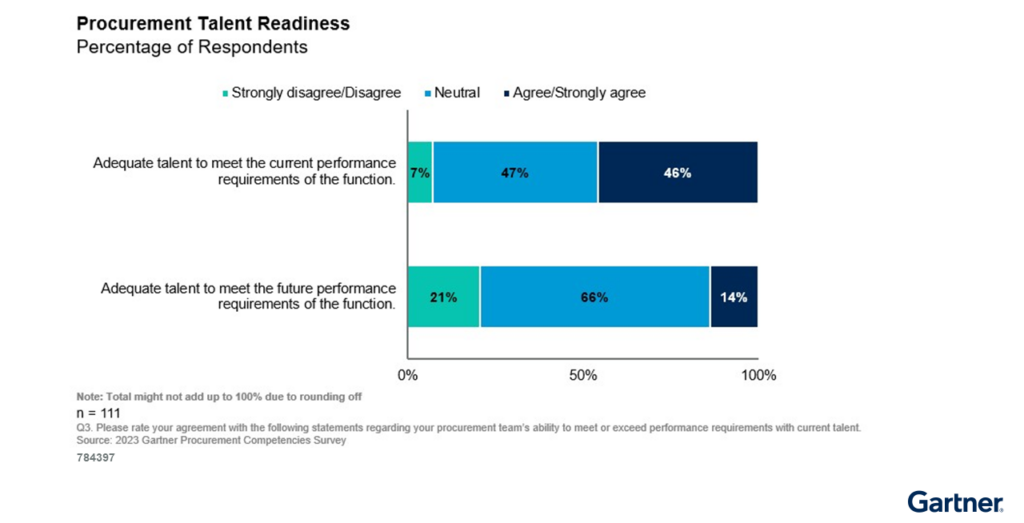
“We really need to embrace the whole professional function of procurement. I think it’s a cool place to be. We need much better marketing (of procurement) internally and externally. It’s an area where we could do more” says René.
“The Category Manager profession today has become much more integrated and strategic. You don’t find one functional area that has as broad a reach as a procurement organisation, we talk with everyone. ”
“Something extremely motivating, especially for young people, is sustainability – an area procurement professionals can influence a lot.” says René, adding that the digital tools and technologies used for better sourcing decisions can also be attractive to younger generations entering the profession.

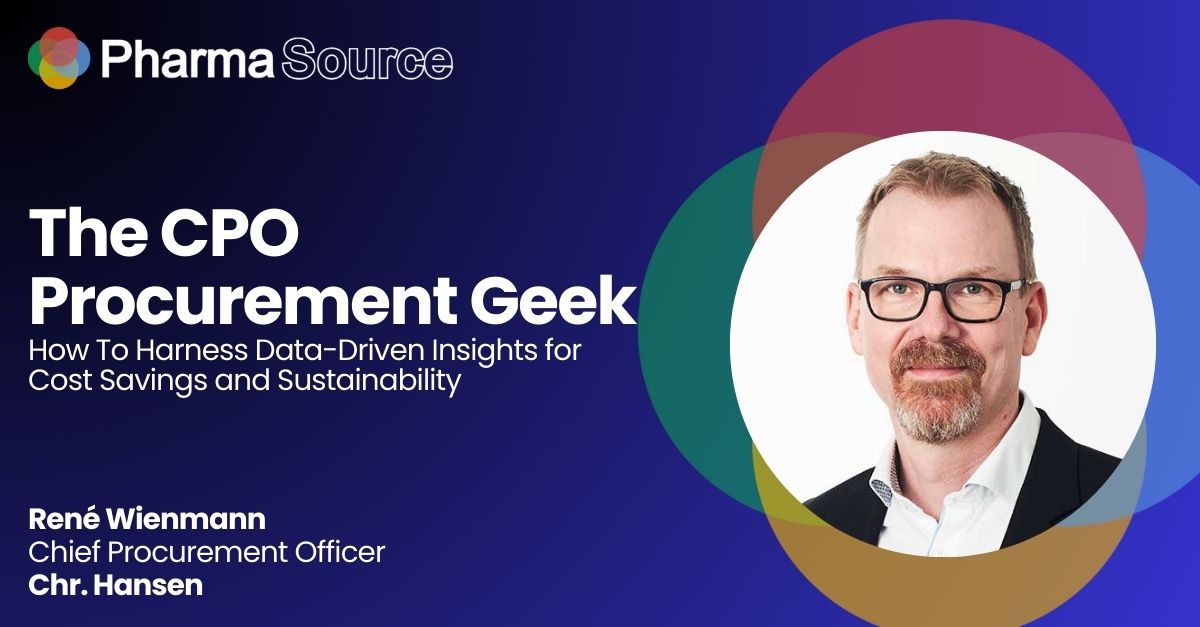


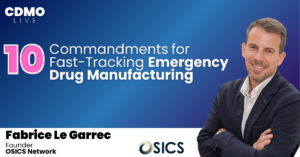

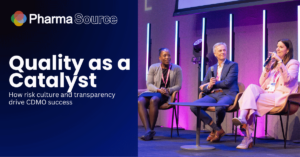

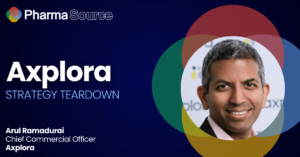


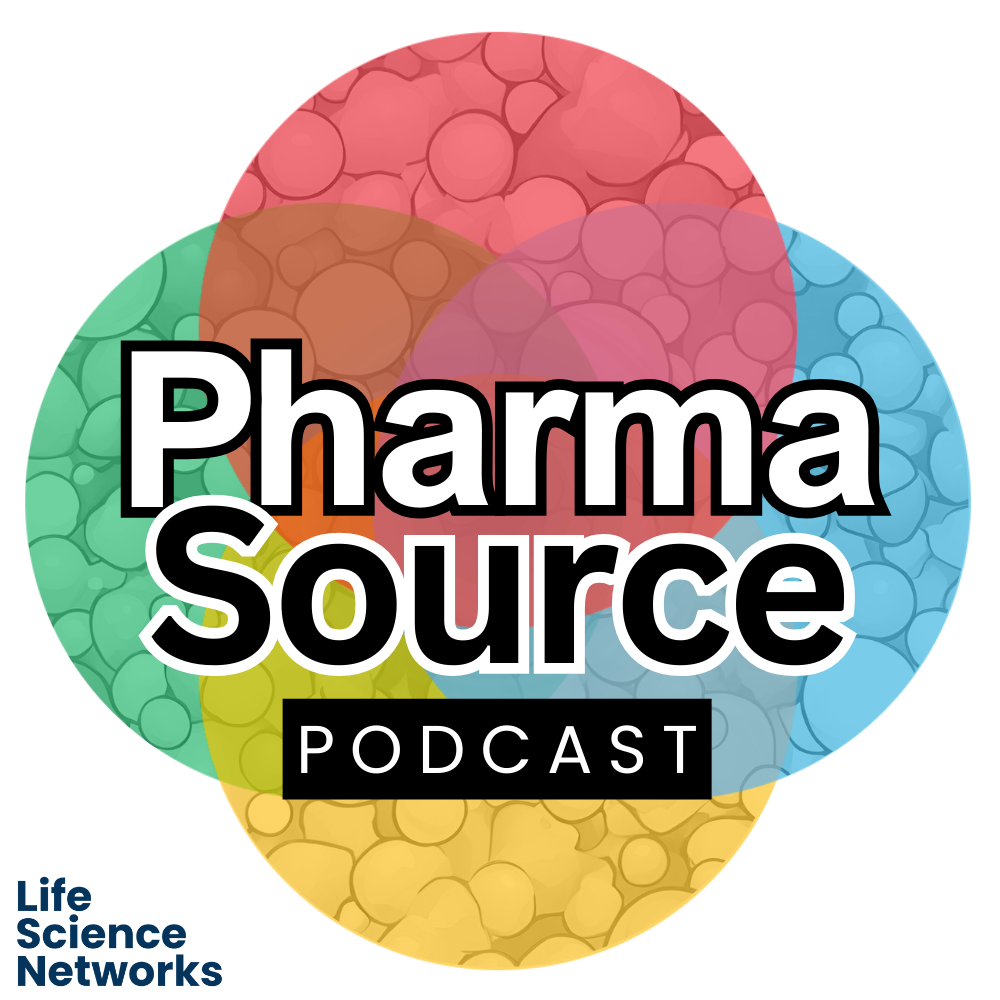
 Stay ahead of trends and best practices
Stay ahead of trends and best practices
